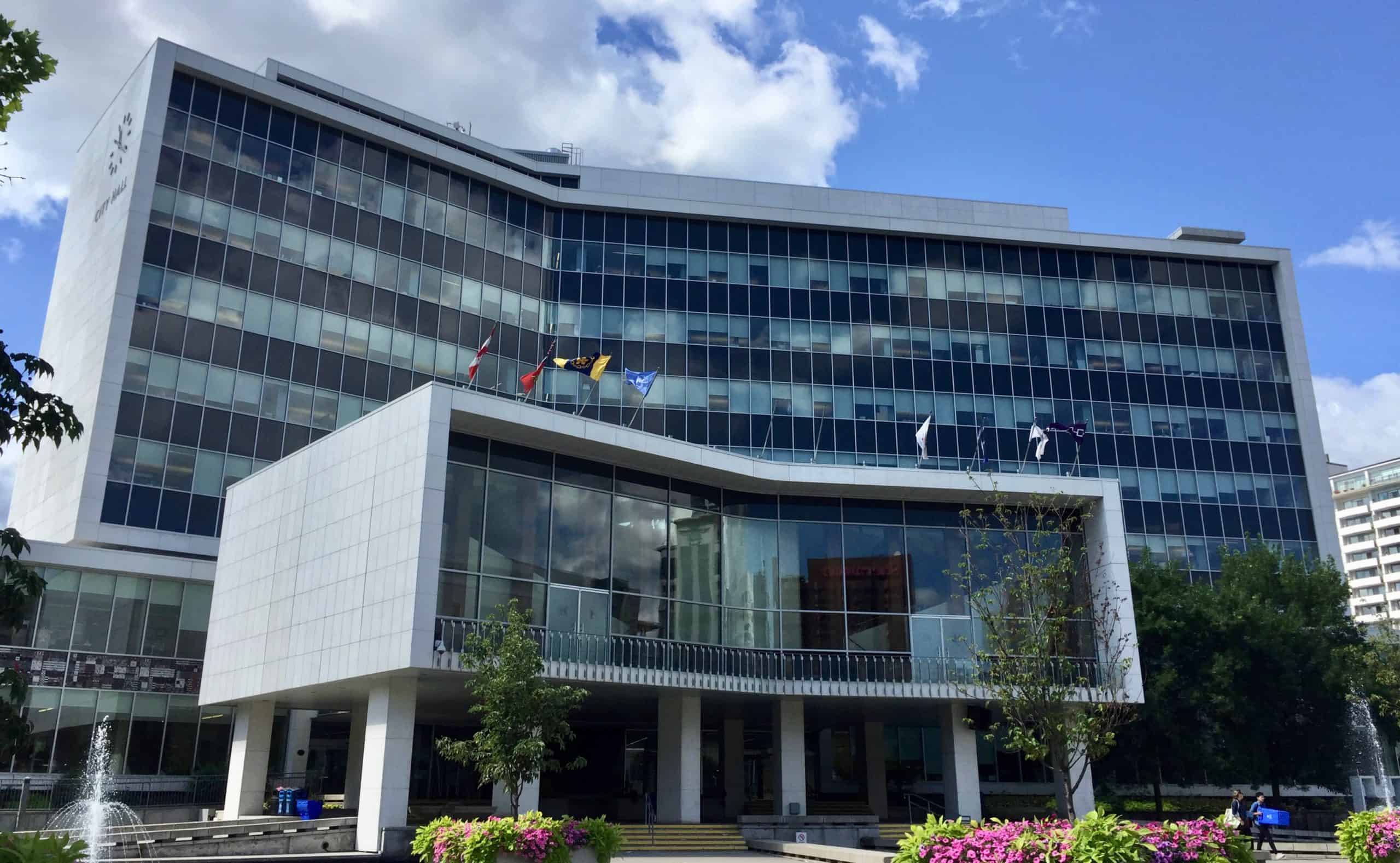Purpose, scope of province’s Hamilton transportation task force remains unclear
Published January 15, 2020 at 8:34 pm

City of Hamilton councillors had the opportunity to debate the province’s cancellation of the LRT for the first time since the announce
City of Hamilton councillors had the opportunity to debate the province’s cancellation of the LRT for the first time since the announcement around the Horseshoe on Wednesday (Jan. 15).
One thing is clear, there still has not been consistent communication between the province and the city over this matter.
The first General Issues Committee meeting of 2020 received an update on the province’s transportation task force which is expected to “help guide decision making and ultimately recommend” how Hamilton should spend the $1 billion still promised from the province.
Although no formal invitation or correspondence has been received from the province outlining the purpose, scope or governance of the task force, the update says, the City has been told that it will be comprised of five “non-elected community members”, including one City representative; most likely the City Manager.
The task force is expected to report back by the end of February 2020.
Ward 8 councillor, John-Paul Danko, was the first to speak on the matter and raised the question of whether or not the province’s original financial commitment to Hamilton was much more than the $1 billion.
In questioning the city’s director of the LRT Project Office, Kris Jacobson, Danko established that other LRT project models across the province have included the financing and life cycle costs, not just capital costs.
Pointing to media reports containing Treasury Board-approved estimates of the project, Danko believes the province’s financial commitment to Hamilton to be somewhere around $3.7 billion.
“We need to insist they deliver on this commitment,” Danko said.
Ward 1 councillor Maureen Wilson echoed Danko’s sentiments.
“Hamilton is being short-changed,” she said. “ Not by a little but by a lot.”
In questioning Jacobson, Wilson also established that city’s LRT Project Office — the project’s boots on the ground, as it were — was at no point contacted by the third-party expert who prepared the report that supposedly informed the province’s decision to nix the project.
Other members of the committee were hesitant to accept that the province had in fact committed as much as $3.7 billion to Hamilton’s LRT. Councillor Terry Whitehead, in particular, was vehement in denying that the province committed anywhere near that much.
And though Whitehead has been an outspoken opponent to the project, he did say he was disappointed to see the procurement process cut short because only then would they have had a clearer picture of costs.
A lot of concern around the horseshoe on Wednesday pertained to the ‘human impact’ of the cancellation of the LRT.
The update in front of the committee pointed out that prior to the project’s cancellation, 60 full properties had been purchased; 15 of which were residential in nature (containing 55 residential units). Of the residential units acquired, 40 were occupied and housed a total of 66 tenants.
Housing was successfully found for 45 of these tenants while the remainder is still living in Metrolinx-owned properties.
Ward 3 councillor Nrinder Nann said that the decision to cancel the LRT has “created a lot of anxiety” for many of those people who are still living in those partially vacated properties, particularly given the fact that the future of the project still remains in a kind of limbo.
There is also a lot of concern for the 40 city staff currently employed in the LRT Project Office, which is funded by Metrolinx.
Jacobson said that while there have been no layoffs yet as the team works towards winding down the project, they are likely to start happening next month.
insauga's Editorial Standards and Policies advertising





